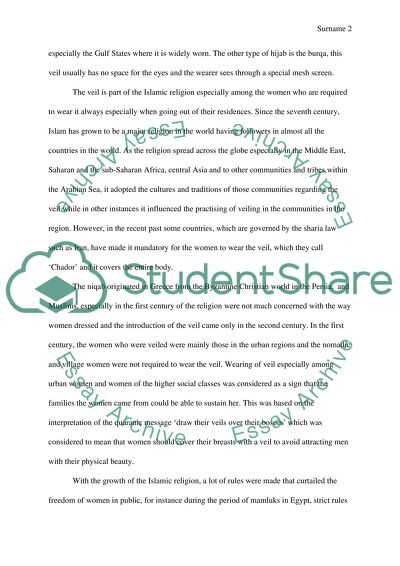Cite this document
(“Paraphrase Essay Example | Topics and Well Written Essays - 1250 words”, n.d.)
Retrieved from https://studentshare.org/english/1484065-paraphrase
Retrieved from https://studentshare.org/english/1484065-paraphrase
(Paraphrase Essay Example | Topics and Well Written Essays - 1250 Words)
https://studentshare.org/english/1484065-paraphrase.
https://studentshare.org/english/1484065-paraphrase.
“Paraphrase Essay Example | Topics and Well Written Essays - 1250 Words”, n.d. https://studentshare.org/english/1484065-paraphrase.


